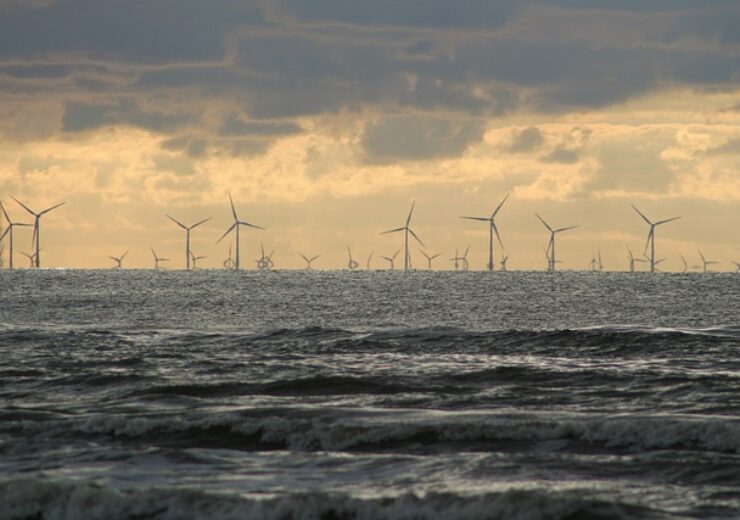The Australian DCCEEW has awarded the licences to six developers to explore the feasibility of offshore wind facilities within a 15,000km2 area, which is estimated to have a potential power generation capacity of 25GW

The Australian government has granted feasibility licences for six wind farm projects offshore the coast of Gippsland in the state of Victoria. (Credit: David Will from Pixabay)
The Australian government has granted feasibility licences for six offshore wind projects to be located off the coast of Gippsland in the state of Victoria.
Awarded to six developers, the licences will enable the exploration of the feasibility of offshore wind facilities within the 15,000km2 area declared in December 2022. The potential power generation from the offshore wind area is 25GW as per the Australian Department of Climate Change, Energy, the Environment and Water (DCCEEW).
The developers are Gippsland Skies, High Sea Wind, Blue Mackerel North, Ørsted Offshore Australia 1, Kut-Wut Brataualung, and Star of the South Wind Farm.
According to DCEEW, the licence holders can commence the assessment work required to determine the feasibility of their proposed offshore wind projects.
It involves potential approvals under the Environment Protection and Biodiversity Conservation Act 1999.
The DCEEW also stated that an additional six offshore wind farm licences have progressed to consultation with First Nations.
These will be awarded to Iberdrola Australia OW 2, Navigator North Project, Greater Gippsland 2 OWP Project, Ørsted Offshore Australia 1, Great Eastern Offshore Wind Farm Project, and Kent Offshore Wind.
Collectively, the 12 offshore wind projects are projected to produce a clean energy capacity of 25GW. This quantity of energy is estimated to meet the annual industrial consumption of the Gippsland region 100 times over and exceed the electricity generated by the entire state of Victoria last year.
Besides, the proposed offshore wind farm projects are anticipated to generate more than 15,000 jobs during construction as well as 7,500 ongoing jobs.
Once the feasibility for the wind projects is proven, developers can apply for a commercial licence to develop them to produce electricity commercially.
Australia Minister for Climate Change and Energy Chris Bowen said: “Australia’s first offshore wind zone has hit a new milestone, with reliable renewables and secure jobs a step closer for Gippsland.
“Granting feasibility licences is the next step to helping deliver a new clean energy industry for Australia, as well as future proof energy security and reliability for Victoria.
“I’ve awarded feasibility licences to projects that would bring the most rewards for Gippsland, its workforce and for our energy security.”
In a related announcement, Ørsted said that the next steps for the offshore wind projects include site investigations, environmental assessments, and supply chain development.
The company aims to progress the projects to bid in future auctions held by the Victorian government.
Ørsted’s cluster is estimated to have the potential to generate a combined clean energy of 4.8GW. It will provide electricity to the equivalent of four million Australian households.
